Honestly That "it Costs 0 Dollars To Be Kind" Bullshit Is Bullshit. It Does Cost Things To Be Kind. It
honestly that "it costs 0 dollars to be kind" bullshit is bullshit. it does cost things to be kind. it costs time. it costs energy. and it isn't always easy and it isn't always natural. it costs so much to be kind, sometimes. but that's the whole point. if being kind were easy, or simple, every single person would be an angel. but they're not, and the world isn't easy and simple. so no, it does cost something to be kind. but it's worth it anyway.
More Posts from Smoleshrimp and Others
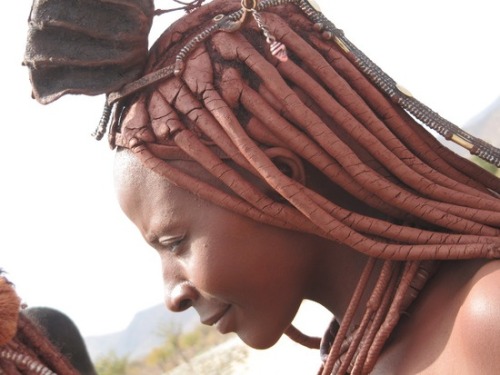


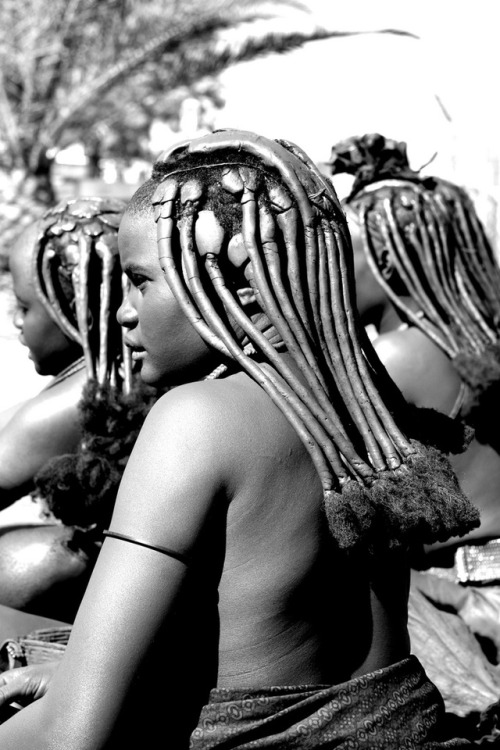
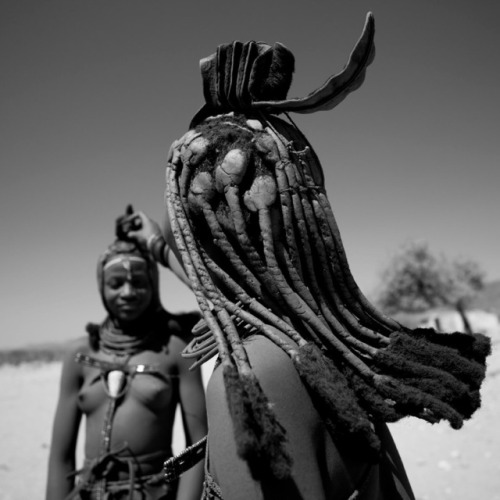
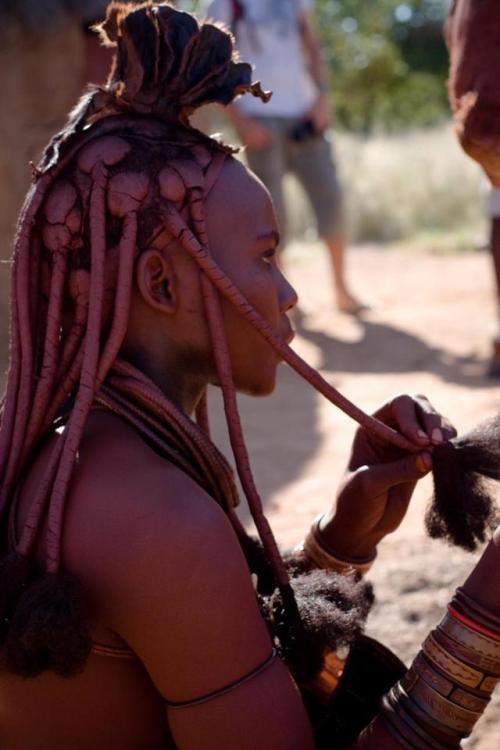

The Himba (singular: OmuHimba, plural: OvaHimba) are indigenous peoples with an estimated population of about 50,000 people living in northern Namibia, in the Kunene Region (formerly Kaokoland) and on the other side of the Kunene River in Angola. The OvaHimba are a semi-nomadic, pastoralist people, culturally distinguishable from the Herero people in northern Namibia and southern Angola, and speak OtjiHimba, a variety of Herero, which belongs to the Bantu family within Niger–Congo. The OvaHimba are considered the last (semi-) nomadic people of Namibia.
The Himba often cover themselves with otjize paste, a cosmetic mixture of butterfat and ochre pigment, to cleanse the skin over long periods due to water scarcity and protect themselves from the extremely hot and dry climate of the Kaokoland as well as against mosquito insect bites. The cosmetic mixture, often perfumed with the aromatic resin of the omuzumba shrub, gives their skin and hair plaits a distinctive orange or red-tinge characteristic, as well as texture and style. Otjize is considered foremost a highly desirable aesthetic beauty cosmetic, symbolizing earth’s rich red color and blood the essence of life, and is consistent with the OvaHimba ideal of beauty. The OvaHimba are also accustomed to use wood ash for hair cleansing due to water scarcity.
Hairstyle and jewelry play a significant role among the OvaHimba, it indicates age and social status within their community. An infant or child will generally have his head kept shaven of hair or a small crop of hair on his head crown. This soon is sculptured to one braided hair plait extended to the rear of the head for young boys and young girls have two braided hair plaits extended forward towards the face often parallel to their eyes. This style is called ozondato, the form of wear being determined by the oruzo membership (patrilineal descent group). The style remains during preadolescence until reaching puberty. Some young girls, with exception, may also have one braided hair plait extended forwards, which means they are one of a pair of twins.
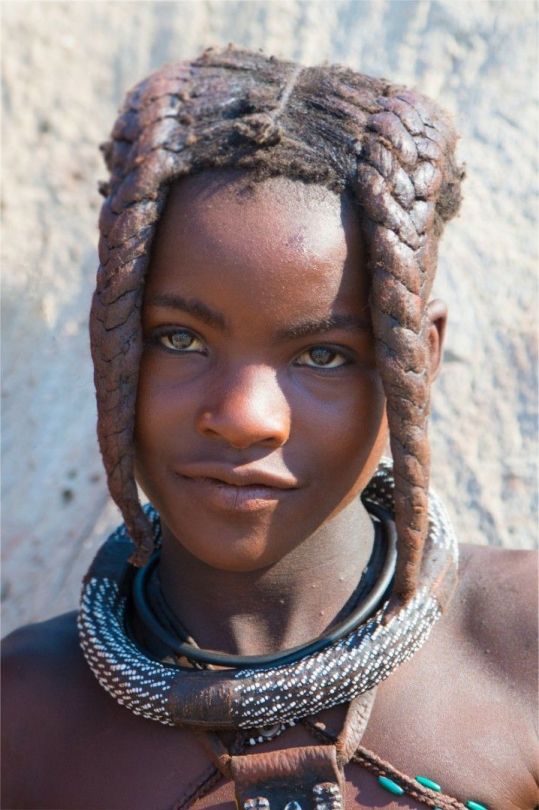
OvaHimba girl

OvaHimba girl dancing

OvaHimba boy
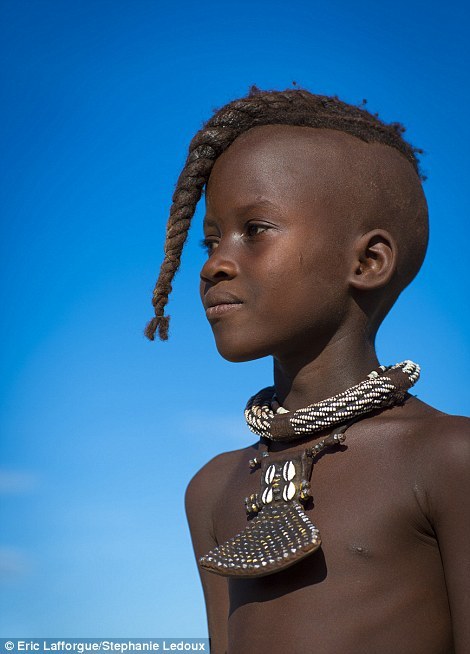
OvaHimba girl, one of a set of twins!
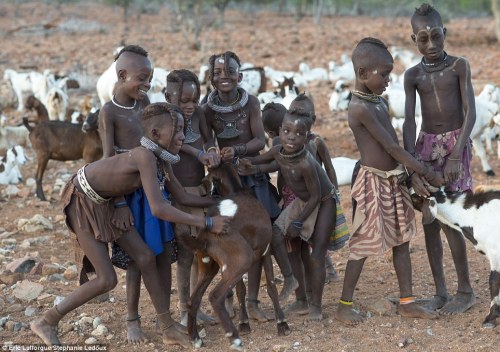
OvaHimba children, both boys and girls, removing ticks from goats.
From pubescence, boys continue to have one braided hair plait.
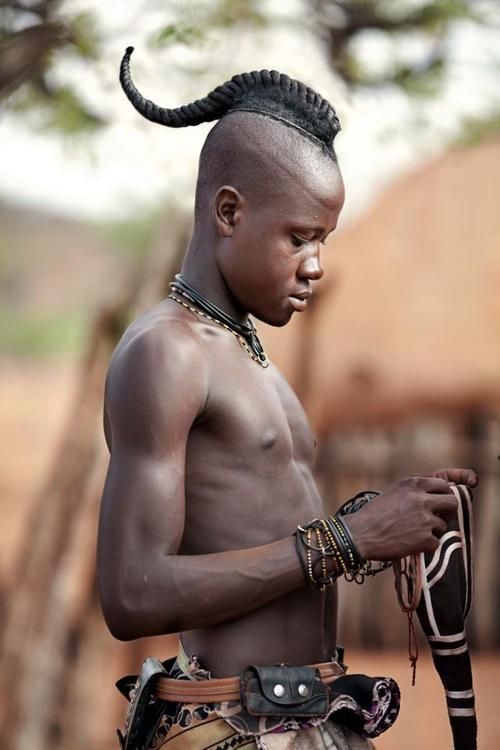
A young man wearing a braid known as ondatu. Namibia. Photo by Nigel Pavitt
Once they reach puberty, OvaHimba girls will have many otjize textured hair plaits, some arranged to veil the girl’s face.

This girl is going through puberty, a fact made plain by her hairstyle, which has been designed to cover her face and help her avoid male attention. The puffs at the bottom are either goat hair or synthetic.
(In daily practice, the hair plaits are often tied together and held parted back from the face.)

This girl’s braids are arranged to reveal her face, indicating that she’s ready to be married.
Women who have been married for about a year, or have had a child, wear an ornate headpiece called the Erembe, sculptured from sheepskin, with many streams of braided hair, coloured and put in shape with otjize paste.
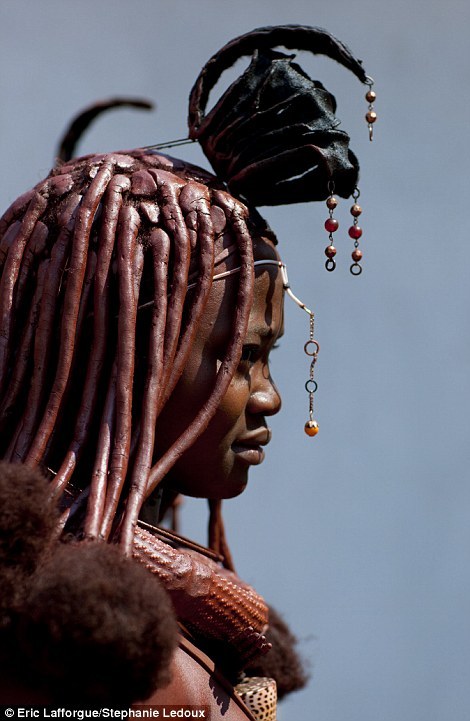

Married women wearing erembe
Unmarried young men continue to wear one braided hair plait extended to the rear of the head. When Himba men marry, they start wearing turbans, which they never take off unless someone in the village dies. After a death, their heads are shaved. Because the turbans are never removed, things can get a little itchy underneath, so men carry pointed arrow-like instruments to scratch it with.



Married OvaHimba men. #s 1 and 3 wear a scratching implement in their turbans.
Widowed men will remove their cap or head-wrap and expose un-braided hair.

Himba widower. The habit of using a head-scratching implement is hard to break.
[Source]
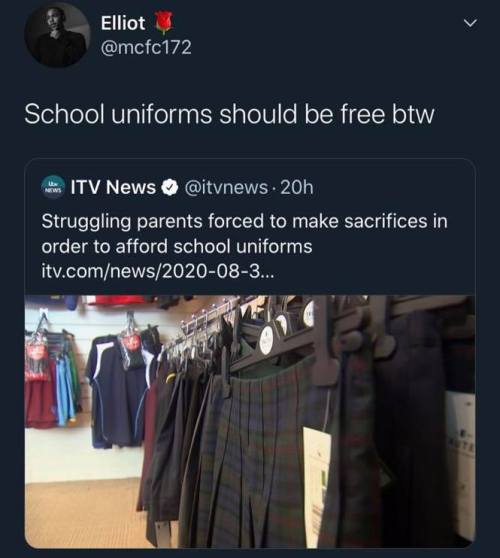
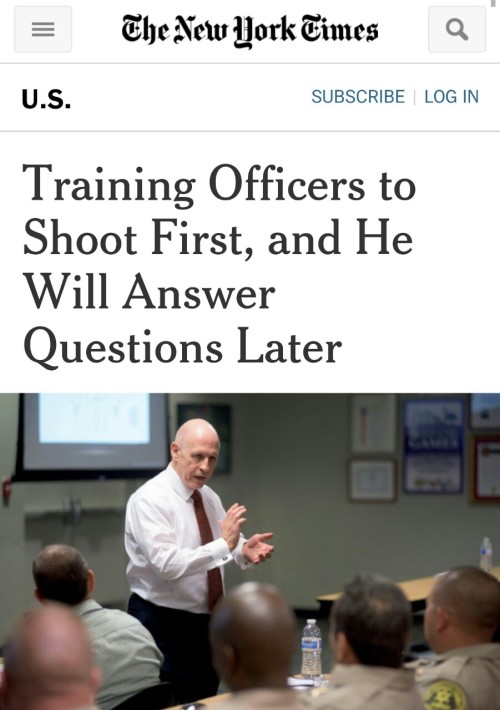


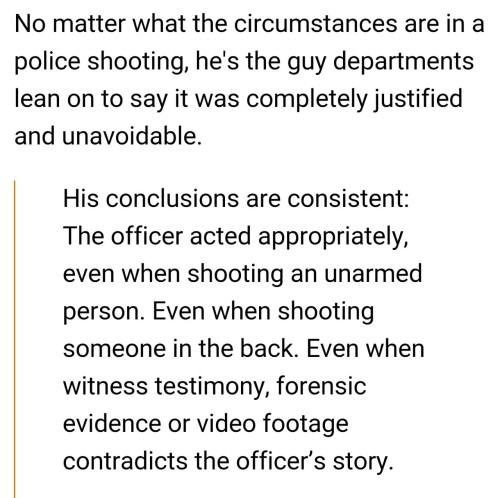
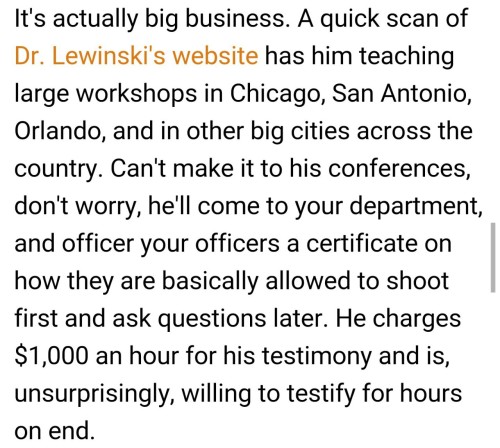
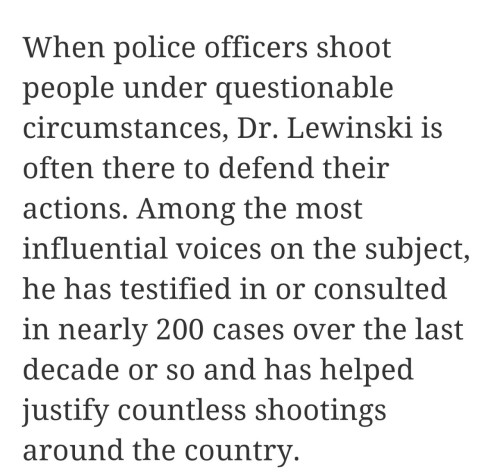

http://m.dailykos.com/story/2015/08/03/1408341/-Psychologist-openly-admits-he-trains-police-officers-to-shoot-first-and-ask-questions-later S-I-G-N-A-L B-O-O-S-T
One time in grade 11 I got every answer correct on a math test and the teacher failed it because I didn't use the method we learned in class and it's been nearly ten years and I'm still angry. I'm going to raise my children to fuck the system


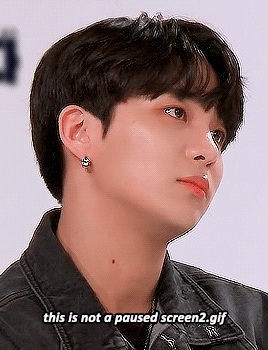

art imitates art
bonus: wooyoung takes matters into his own hands for a reaction

hold on a fucking second. delaware is a state?? i thought it was a river? or is the river more important than the state? why don't i know this? (i should mention i don't like in america, i'm just confused)
there is delaware (state) and delaware (river)
both are equally strange
the state is a tiny little cryptid thing
the rive is a monster that spans new york, pennsylvania, new jersey and delaware. also washington crossed it once and that was like kinda a big deal i guess. like crossing the rubicon in rome.
the state tries to me more important with its “im the first state!!!” bs (seriously its even on the fucking license plates) but we all know. its the river.
this is obviously not the worst consequence of climate change, but i often find myself mourning for the death of seasons as we know them, particularly around this time of year
like, it’s going to be 80 degrees this weekend where i live. when i was a kid i don’t remember it being so warm so late in the year. recently, whenever the weather matches my idea of the what it should be, i feel grateful for having a moment of normality. but how many more “normal” seasons do we have left? how many more halloweens will it dip below 70 degrees? how often will we have snow for christmas? will there be any summers when colorado and california aren’t constantly on fire?
and of course we need to take action and our government needs to stop being complicit in the harm that oil companies are doing, but even if we meet our goals and do everything right, the climate will remain changed for the near future. that doesn’t mean we should just give up, but the consequences are already here and just can’t go away.
there are obviously far worse consequences than not being able to wear a sweater in october. but the mundane loss of the little things that shaped our understanding of the world since we were kids can still hurt.


Them…
thank you ryan and shane for my life


When Creativity Seems Impossible

As much as we writers love writing, sometimes it isn’t always easy to actually sit down and do it. Today, Municipal Liaison Rebekah Loper is here to reassure you that it’s ok to have an “off” writing day, and to remind you that your creativity will come back to you:
Sometimes writing is hard.
And I don’t mean the act of actually sitting your butt in a chair and churning out those words.
I mean sometimes it’s hard to even think about writing, because there are instances in life when life overcomes creativity.
Over my thirteen years as a NaNoWriMo participant, and my ten years as a Municipal Liaison, I’ve completed several NaNos despite some very trying circumstances (many of which would have been legitimate reasons to just give up that year), and hopefully I can encourage any of you who might be struggling to find your writing voice through difficult times.
First off, though, I want to say one thing:
If you’ve been through a traumatic situation while in the midst of a creative project (or while you were gearing up to begin one) and found that your creative well suddenly went dry, it’s okay.
Keep reading
-
 sweetxchaosxkitten reblogged this · 4 weeks ago
sweetxchaosxkitten reblogged this · 4 weeks ago -
 tradingtruthsforlies reblogged this · 4 weeks ago
tradingtruthsforlies reblogged this · 4 weeks ago -
 icuthere liked this · 1 month ago
icuthere liked this · 1 month ago -
 hardwon liked this · 1 month ago
hardwon liked this · 1 month ago -
 low-poly-kitty reblogged this · 1 month ago
low-poly-kitty reblogged this · 1 month ago -
 un-shit-yourself reblogged this · 1 month ago
un-shit-yourself reblogged this · 1 month ago -
 un-shit-yourself liked this · 1 month ago
un-shit-yourself liked this · 1 month ago -
 moonshapedbox liked this · 1 month ago
moonshapedbox liked this · 1 month ago -
 unetonriehuja reblogged this · 1 month ago
unetonriehuja reblogged this · 1 month ago -
 lvchryma liked this · 1 month ago
lvchryma liked this · 1 month ago -
 goldensilvan reblogged this · 1 month ago
goldensilvan reblogged this · 1 month ago -
 mangos-passing-by reblogged this · 1 month ago
mangos-passing-by reblogged this · 1 month ago -
 mangos-passing-by liked this · 1 month ago
mangos-passing-by liked this · 1 month ago -
 boonasaurusrex reblogged this · 1 month ago
boonasaurusrex reblogged this · 1 month ago -
 vivatlux liked this · 1 month ago
vivatlux liked this · 1 month ago -
 ravingtiger reblogged this · 1 month ago
ravingtiger reblogged this · 1 month ago -
 ravingtiger liked this · 1 month ago
ravingtiger liked this · 1 month ago -
 littlevnavy reblogged this · 1 month ago
littlevnavy reblogged this · 1 month ago -
 earlphantomhives reblogged this · 1 month ago
earlphantomhives reblogged this · 1 month ago -
 alicedyers reblogged this · 1 month ago
alicedyers reblogged this · 1 month ago -
 lostloves reblogged this · 1 month ago
lostloves reblogged this · 1 month ago -
 uchihakeimei liked this · 2 months ago
uchihakeimei liked this · 2 months ago -
 nessberry liked this · 2 months ago
nessberry liked this · 2 months ago -
 apparently-i-am-an-adult liked this · 2 months ago
apparently-i-am-an-adult liked this · 2 months ago -
 i-am-a-hedgehog-blog reblogged this · 2 months ago
i-am-a-hedgehog-blog reblogged this · 2 months ago -
 i-am-a-hedgehog-blog liked this · 2 months ago
i-am-a-hedgehog-blog liked this · 2 months ago -
 dreamerx89 liked this · 2 months ago
dreamerx89 liked this · 2 months ago -
 hereissananxiousmess reblogged this · 2 months ago
hereissananxiousmess reblogged this · 2 months ago -
 caffeinelow reblogged this · 2 months ago
caffeinelow reblogged this · 2 months ago -
 caffeinelow liked this · 2 months ago
caffeinelow liked this · 2 months ago -
 nobodycaresabt liked this · 2 months ago
nobodycaresabt liked this · 2 months ago -
 miyamiwu reblogged this · 2 months ago
miyamiwu reblogged this · 2 months ago -
 miyamiwu liked this · 2 months ago
miyamiwu liked this · 2 months ago -
 currentlymakingbeans liked this · 3 months ago
currentlymakingbeans liked this · 3 months ago -
 lynnnshooty reblogged this · 3 months ago
lynnnshooty reblogged this · 3 months ago -
 concupiscentlyashen-blog reblogged this · 3 months ago
concupiscentlyashen-blog reblogged this · 3 months ago -
 time-in-red liked this · 3 months ago
time-in-red liked this · 3 months ago -
 bronzedawn liked this · 3 months ago
bronzedawn liked this · 3 months ago -
 ccborrega liked this · 3 months ago
ccborrega liked this · 3 months ago -
 rizahawkeye1380 reblogged this · 3 months ago
rizahawkeye1380 reblogged this · 3 months ago -
 turtlemagnum liked this · 3 months ago
turtlemagnum liked this · 3 months ago -
 chamomileville liked this · 3 months ago
chamomileville liked this · 3 months ago -
 iridescentskyocean reblogged this · 3 months ago
iridescentskyocean reblogged this · 3 months ago -
 iridescentskyocean liked this · 3 months ago
iridescentskyocean liked this · 3 months ago -
 drunkbeeinthesky reblogged this · 3 months ago
drunkbeeinthesky reblogged this · 3 months ago -
 the-bi-bilingual liked this · 3 months ago
the-bi-bilingual liked this · 3 months ago -
 rizahawkeye1380 liked this · 3 months ago
rizahawkeye1380 liked this · 3 months ago -
 serenityallday liked this · 3 months ago
serenityallday liked this · 3 months ago
